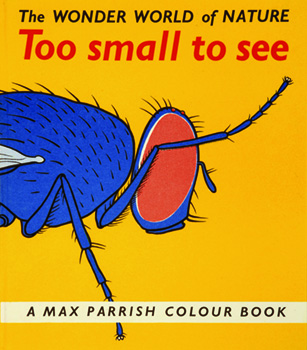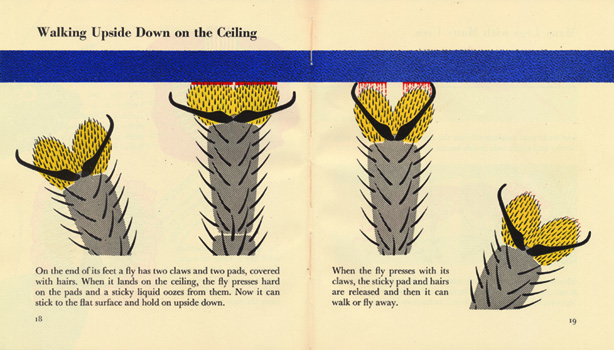Otto Neurath and and Marie Reidemeister
Otto Neurath and Marie Reidemeister had arrived in The Hague
from Vienna after the Austrian fascists took over the city in 1934. In
Vienna they had pioneered the use of symbols and icons to communicate
statistical and factual information in exhibitions and for adult
education. In the Netherlands they had established the International
Foundation for Visual Education and renamed their Vienna method Isotype
(International System of TYpographical Picture Education). When the
invasion of Holland began in May 1940, they hid in their apartment,
depending on Dutch friends to deliver food. When Dutch surrender seemed
likely they had escaped to the harbour at Scheveningen.
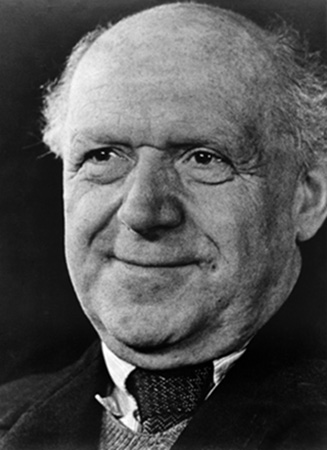
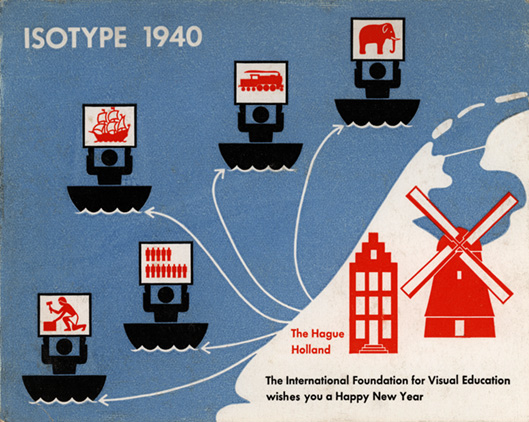 A
characteristic portrait of Otto Neurath (left) and the New Years
greeting card of the International Foundation for Visual Education, 1940
A
characteristic portrait of Otto Neurath (left) and the New Years
greeting card of the International Foundation for Visual Education, 1940
Courtesy of the Otto & Marie Neurath Isotype Collection, University of Reading
At first, all they could see were the fishing boats and fishermen
standing around, smoking pipes. There were soldiers on the beach. An
oil depot was on fire and the air was black with smoke. British and
Dutch troops had been destroying fuel reserves along the coast to
prevent the Germans using them. Otto said, “If we don’t find a boat I’m
going on a piece of wood”
But they found the
Zeemanshoop.
In charge of the boat was a student called Harry Hack, “a fine name”,
remarked Otto, “for such an adventure”. More than forty people had
already gathered on board when they arrived. Otto joked that when they
jumped from the high dock, they jumped “head over heels”. Marie said
that his weight nearly sank the little boat. They thought they were the last to join
the already overloaded boat. A Dutch soldier shot his gun into the air
to prevent any more refugees from boarding. By the time they set off it
was evening.
Marie later wrote about the journey on the
Zeemanshoop
“For us this was a great adventure indeed. We were immersed in the
stories of the Huguenots and their flights in fog and night over the
frontiers and the sea - so there we are, we know how it feels”. She and
Otto were glad to be alive and “extremely happy” to have found the
“tiny nutshell of a boat”. Neurath described their rescue by HMS
Venomous, and how they were given “bananas, tea and kindness”.
On arrival in Britain both Otto and Marie were classified as "Enemy
Aliens". On the 11th May, in response to German campaigns in Europe,
the British military had persuaded the Home Secretary Sir John
Anderson, “that every male enemy alien between sixteen and seventy
should be removed forthwith from the coastal strip.” This strip
stretched from the Dorset coast right up to Inverness.
The May “coastal strip” ruling meant that the majority of newly arrived
refugees from Europe, mostly Jews, were among the three thousand people
interned. Otto and Marie were separated and taken into custody as they
landed at Dover. Neurath explained to the British police that he was
the author of the book
Modern Man in the Making.
To prove it, he pulled from his pocket a review of the book illustrated
with a photograph of him. This review was one of very few documents and
papers he had brought from the Hague. Neurath later wrote that,
“the bobbies did know Modern Man in the Making, and did hardly believe that the author was with them. Fortunately I had with me a review of my book with a photo of mine”.
If they were pulling his leg, Neurath, with his limited English, did not realise it.
Otto and Marie are among the notable internees mentioned in François Lafitte’s book
The Internment of Aliens,
which was published in late 1940 while the internment policy was still
in place. Otto Neurath is described as “world-famous pioneer of
pictorial statistics” who “fled from Vienna in 1934 because he was a
Social Democrat”. Marie is not mentioned by name but as Neurath’s
“chief statistical assistant to whom he is engaged”. In fact she was
known as a “transformer” – a role that mediated between researchers and
artists, combining artistic and design ability with understanding of
educational theory, statistics and science.
Lafitte’s description of Otto is accurate but hardly touches on his
achievements. Neurath was in fact a polymath, well-versed in economics,
science and philosophy. In Vienna he had established extraordinarily
innovative museums and travelling exhibitions which were amongst the
first to use artificial lighting, interactivity and hands-on exhibits,
night-time opening and film screenings. He also co-founded and named
the influential Vienna Circle, whose philosophy of “logical positivism”
was world-famous.
It was Marie who alerted British friends that she and Otto were in the
country. She was able to do this because while the German and Austrian
men from the
Zeemanshoop were immediately arrested, the women were not.
The refugees were transported from Dover to Victoria station. Marie was
taken to the Fulham Institute for the night, a place she described as a
Dickensian poorhouse. The next day she was taken to Holloway. Neurath
was imprisoned in Pentonville. He wrote, “I studied Pentonville, a
famous prison (spies are hanged there)”.
From Pentonville, Neurath went to a makeshift camp at Kempton Park
Racecourse. There the internees were housed in the racecourse
buildings, in stables, and in tents. They slept on mattresses on stone
floors, up to a hundred men to a room. Nearly a month after his arrival
in England, Neurath was shipped to the Isle of Man. He was among the
men taken on two ships, the steam packet
Rushen Castle and the smaller
Victoria, between the 11th and the 14th of June. The
journey from Kempton Park to Douglas on the Isle of Man took seventeen
hours.
Neurath was imprisoned in
Onchan camp (pronounced Onken), in the
village of Onchan, at the top of Douglas bay. The second world war
internment camps on the Isle of Man were made from the streets in the
towns of Douglas, Ramsey and Port Erin, and the Victorian boarding
houses were requisitioned.
At first, the camp authorities disallowed access to radio and press:
the men built their own radios. Soon they realized that the internees
posed little threat, and the ban on communications was lifted. Inside
the camp a newspaper was published by the internees: the
Onchan
Pioneer. A “Popular University” was quickly established, and between
May 1940 and February 1941, four hundred and ninety-six lectures were
held. At least one of these was given by Otto Neurath. According to the
Onchan Pioneer Neurath’s lecture held the record of the highest
attendance for an indoor lecture. Two hundred and fifty men came to
hear him give a lecture in sociology cryptically titled ““How do you
make the tennis court so durable?”.
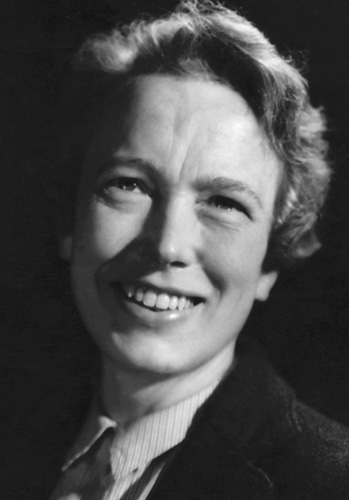
Marie’s experience of internment is better documented than Neurath’s –
she was interviewed for a book on the internment of women. From other
refugee accounts, we know that the emotional impact of internment was
very varied. For some prisoners it was traumatic, particularly for
those who had already experienced the Nazi concentration camps. Both
Marie and Otto took it remarkably well. Separation from one another was
painful, though they told the authorities that they were married, and
so were able to meet after a few months (Marie was in a women’s camp in
a different town on the island). In letters written after his release,
Neurath insisted it was not a terrible experience for him. He wrote:
“I was more interested in the sociological facts, therefore less
disturbed than some others of my mates. Mary was of the same mood. Both
of us regarded the first weeks in prison etc. as a kind of relaxation
or holidays after the tension in Holland”.
They were released in early February 1941 after appeals from famous
figures such as Julian Huxley and Albert Einstein and immediately
married. Marie became
Neurath’s third wife: his first wife was
Anna Schapire-Neurath
(1877-1911). With Anna he translated the Eugenicist Francis Galton’s
Genius and Heredity into German, and had one child, Paul Neurath.
Neurath’s second wife,
Olga Hahn (1882-1937) was a highly gifted
mathematician, who had become blind in her early twenties. Olga died in
The Hague, from complications following an operation.
Otto and Marie Neurath (on right, courtesy of the Otto and Marie
Neurath Isotype Collection) immediately set about establishing a new
Isotype
Institute in Oxford. The principal artist of Isotype, Gerd Arntz, had
stayed in the Netherlands. Without their team, and especially without
the graphic talent of Arntz, rebuilding their work in England was
difficult. Even so, the Institute became influential in propaganda,
adult education, town planning, film and information design during the
early 1940s. They made films for the Ministry of Information, worked
with the renowned documentary filmmaker Paul Rotha, and produced
statistical charts to illustrate numerous books. They made charts for
international organizations, and involved themselves in political
groups including the Fabians and the China Campaign. Neurath was
involved in early plans for Britain’s post-war reconstruction, but died
suddenly in December 1945.
Neurath was fifty eight years old when he arrived in Britain. Marie was
forty two. She was attractive, quietly intelligent, and tended to
underplay her own role in the work they did together. She spoke
excellent English, while Neurath joked that he spoke “broken English
fluently”. He was a very compelling character: unusually big for his
generation (in height and girth) with a loud voice. The philosopher
Karl Popper described him as ““a big, tall, exuberant man with flashing
eyes … The impression was of a most unusual personality, of a man of
tremendous vitality and drive.”
Otto Neurath died suddenly in 1945, possibly from a stroke. He had
enjoyed living in Britain and appreciated the “British muddle” and also
the British lack of respect for “genius”. At the time of his
death he was writing about tolerance and brotherhood, and the
re-education of young Germans and Austrians who had been indoctrinated
under the Nazis.
He and Marie were also busy helping the town council of Bilston, near
Wolverhampton, plan their post-war reconstruction. The Town Clerk A.V.
Williams, later remembered that he “made one believe in the dignity of
human beings” and that “the pursuit of beauty and happiness could be
achieved by the common man”.
Marie Neurath continued living and working in Britain. She died in
London in 1986. She had taken Isotype in a new and influential
direction in her beautifully designed and educational children’s books.
They were designed on the basis of a deep understanding of how children
conceptualise the world, and today are highly collectible. Many people
who grew up in Britain between the 1950s and the 1970s, would recognize
these books from their own childhood.
Michelle Henning
Senior Lecturer in Media and Cultural Studies
University of the West of England









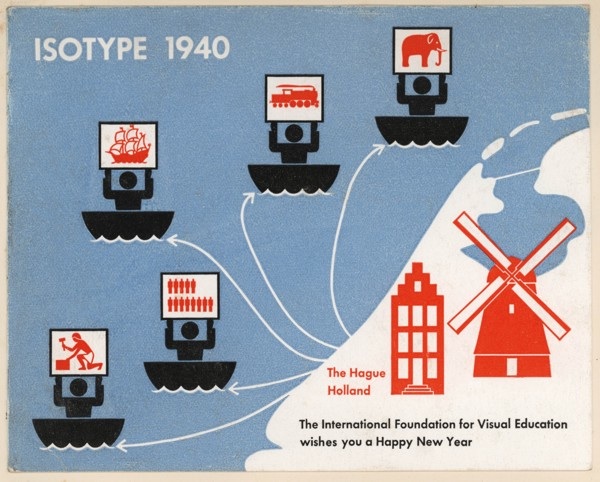
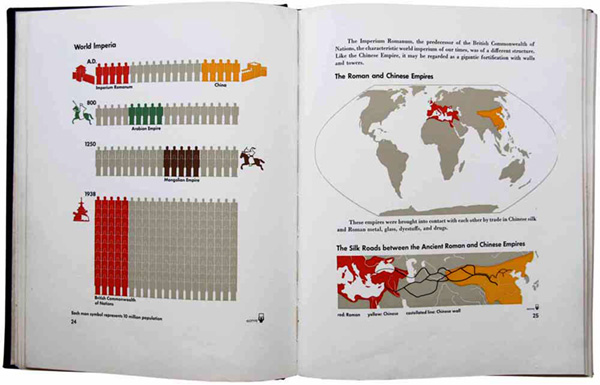
 Marie’s experience of internment is better documented than Neurath’s –
she was interviewed for a book on the internment of women. From other
refugee accounts, we know that the emotional impact of internment was
very varied. For some prisoners it was traumatic, particularly for
those who had already experienced the Nazi concentration camps. Both
Marie and Otto took it remarkably well. Separation from one another was
painful, though they told the authorities that they were married, and
so were able to meet after a few months (Marie was in a women’s camp in
a different town on the island). In letters written after his release,
Neurath insisted it was not a terrible experience for him. He wrote:
Marie’s experience of internment is better documented than Neurath’s –
she was interviewed for a book on the internment of women. From other
refugee accounts, we know that the emotional impact of internment was
very varied. For some prisoners it was traumatic, particularly for
those who had already experienced the Nazi concentration camps. Both
Marie and Otto took it remarkably well. Separation from one another was
painful, though they told the authorities that they were married, and
so were able to meet after a few months (Marie was in a women’s camp in
a different town on the island). In letters written after his release,
Neurath insisted it was not a terrible experience for him. He wrote: 